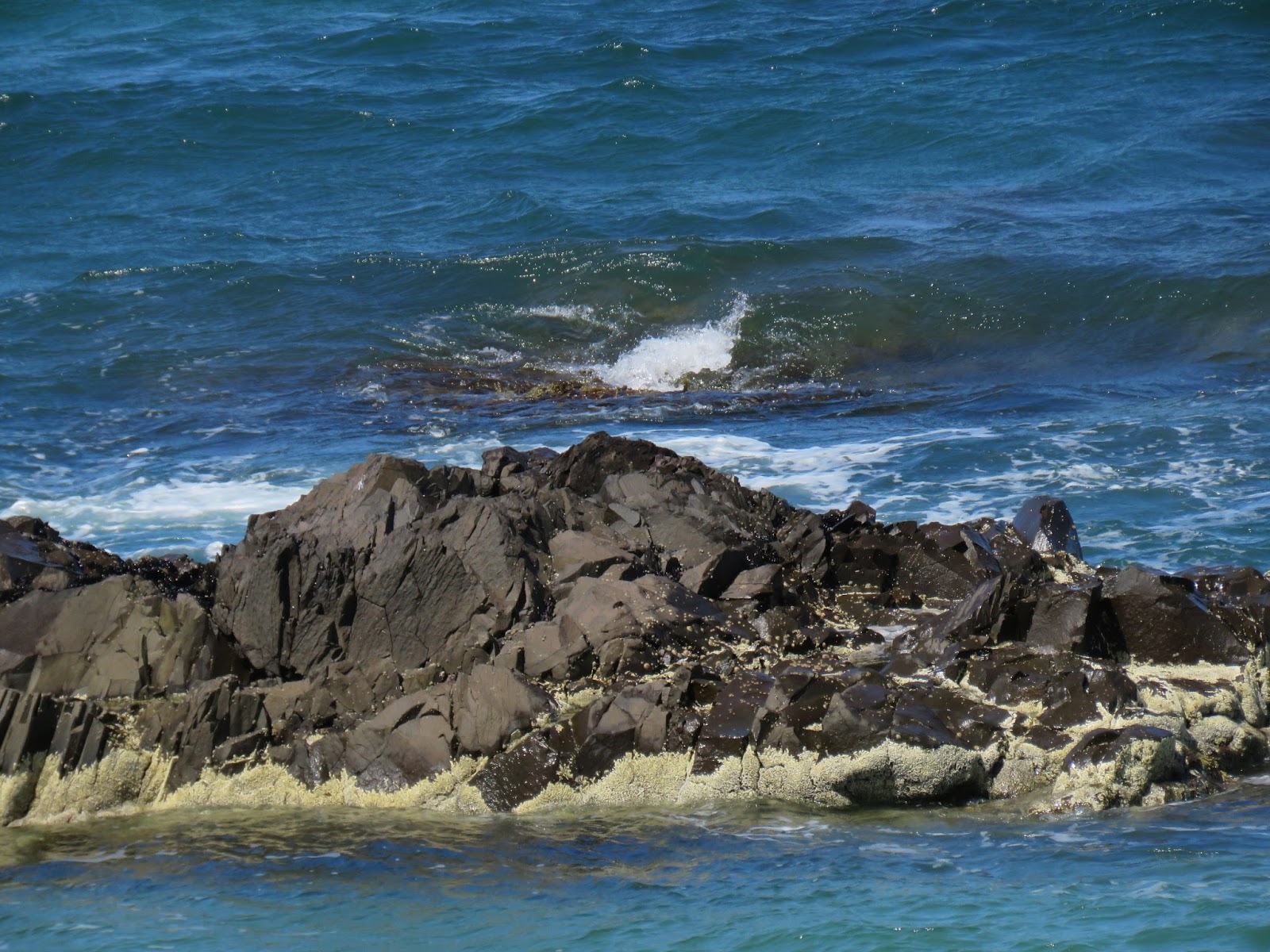 |
| While we were preparing dinner, we heard a noise from a helicopter. |
A few nights ago, as we were preparing dinner, we heard the roar of a helicopter in the vicinity. Immediately outside, we were shocked by how close we were.
 |
| We watched in wonder as the helicopter turned, making several swipes of the massive net. |
At first, we assumed it had been dispatched to a nearby medical emergency when getting to a hospital in Hobart in a 45 minute drive from this area.
 |
| Anne explains that the helicopter’s roaring blades, dry out the net to prevent cherries from spoiling after the rain. Who knew? |
Were we surprised when we observed its intent, to dry the cherry trees located beneath a massive series of nets protecting a grove of cherry trees across the street from our vacation home.
 |
| Finally, with its task finished, the helicopter was on its way, possibly to other similar cherry trees or other fruit farms. |
From this news story, it was evident this is a costly solution for farmers hoping to dry their cherry crop after heavy rains, before they’re destroyed from too much moisture as described below this photo, in part from a story published a few years ago.
 |
| A black duck on the dock. |
“Helicopters are busy today in the Huon Valley helping orchardists save the remaining cherry crops after a severe rain event.
Farmers in southern Tasmania assess damage to fruit crops as a result of heavy rains and estimate that up to 70 per cent of the remaining cherry crops could be affected. Parts of the Huon Valley received more than 70 ml in the deluge on Tuesday night, which hit cherry growing areas at the wrong time. (Continued below).
 |
| This lily couldn’t be more exquisite. |
Howard Hansen of Hansen Orchards was supposed to start picking fruit this week, but said the rain damaged most of his crop. This morning a helicopter was used to get water off the cherries, and down the road at Lucaston Park it was a similar story.
Matthew Griggs called in a helicopter at first light to hover above the cherry trees and keep them dry.
 |
| Park bench on the grounds for lounging while enjoying views of the Huon River. |
“We still have around 80 tonnes to pick and many of the cherries left on the trees have split because of the rain,” Mr. Griggs said.
Mr Hansen said the rain was good for the upcoming apple harvest, but would not make up for the damage to the cherries.” (The remainder of the story is here). (Continued below).
 |
| Beautiful Huon River views. |
We contacted Anne to confirm our suspicions and indeed we were right, the helicopter had been hired by the cherry farm owner to make many passes over the grove after heavy rains. This must be a pricey solution, but it certainly makes sense.
 |
| Seagull on a post at the end of the dock at the property. |
How little we know about farming! And yet, we’re both fascinated by farms for both their crops and livestock as we’ve shown in many of our posts. Most recently, we were in awe of a pig farm in Penguin, Tasmania. Please see this link for details on the Mount Gnomon Farm.
 |
| Tom checks out the dock. |
As we travel through country after country during our worldwide journey, in this case the state of Tasmania, Australia, we feel fortunate to have an opportunity to learn about farming. How did we spend nearly a lifetime consuming produce and animal products with so little knowledge of many of the major aspects of farming?
 |
| Huge daisies growing on the grounds. |
Today, with Anne’s assistance and Telstra, the provider, we’re addressing some of the Wi-Fi issues we’re experiencing. Hopefully soon, we’ll have a resolution.
Have a great day!
Photo from one year ago today, January 22, 2016:
 |
| This modern kitchen had everything we needed in New Plymouth, New Zealand when we lived on the alpaca farm. For more interior photos, please click here. |



















































































































































